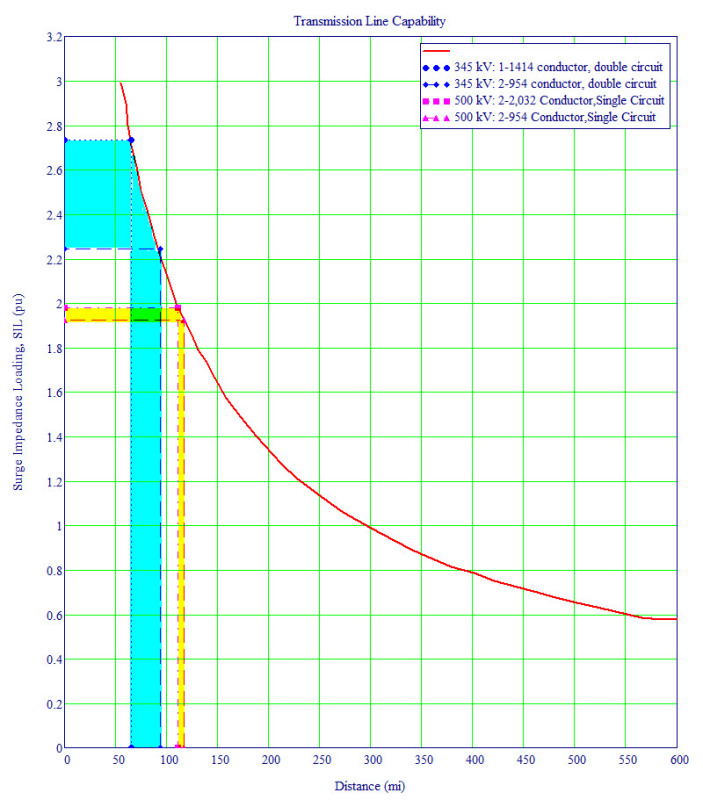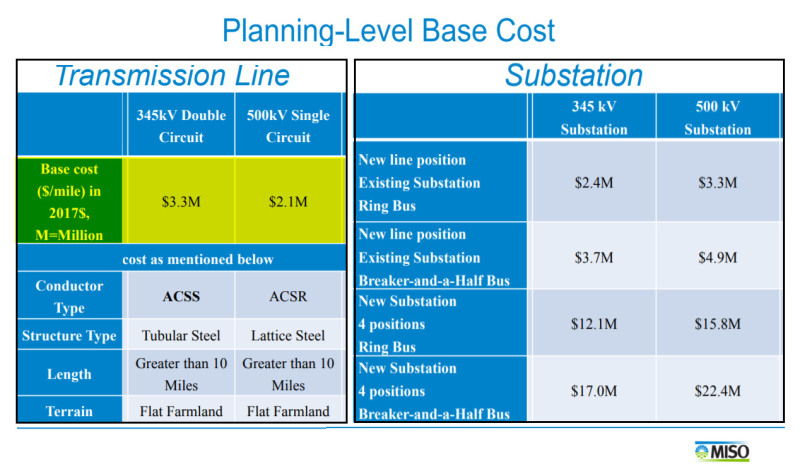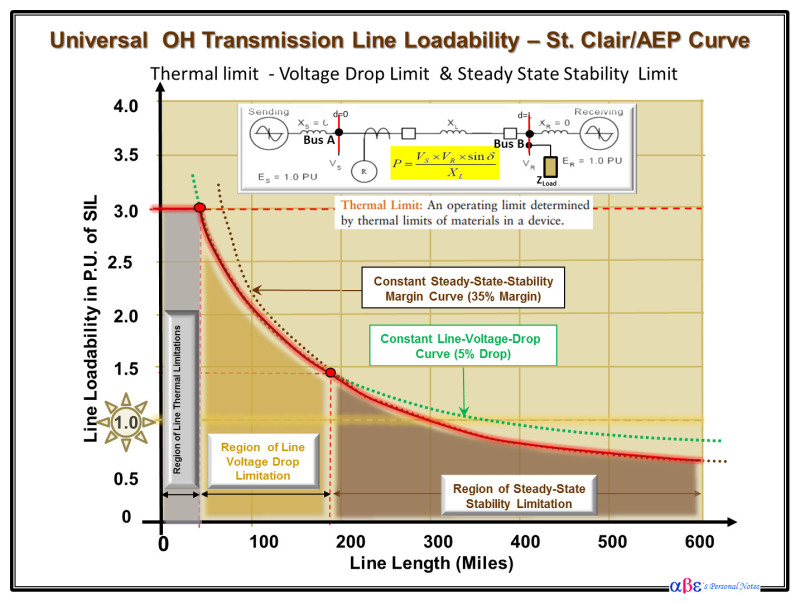Mbrooke: It's really difficult to say without having an actual system to model. I think in general using more 'smaller' circuits will give you better system diversity, but higher overall system impedance. It's all kind of relative too depending on how many voltage levels are in any particular system. Basically, whatever the highest voltage level a system has, that part of the system will be most critical in terms of overall system stability - not always true, but generally it is. So if the highest voltage you have in your system is 115kV for example, than the 115kV part of your system is most critical. For this discussion ignore any HV DC stuff. Those circuits are pretty well isolated from the rest of the AC system from the valves, however sometimes just losing a large line can cause stability issues, not just faulting the line.
Everything I know about generation (which isn't much) says that large units are large in both physical size, MVA and electrical/mechanical inertia. A unit's inertia directly related to its mass as far as I know. But there are others here that can give a better answer. But I think it's safe to say that a system full of large, heavy nuclear units is a more stable system than one made of of many more, smaller gas turbines. Not to say there isn't an advantage to the gas turbines, but we are just talking about one thing
Cuky2000: Your chart is true, but misleading. Load carrying capability is only one variable. You also need diversity, which usually means a double circuit regardless of voltage level.



